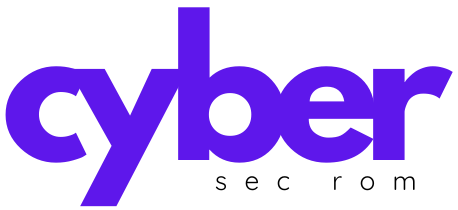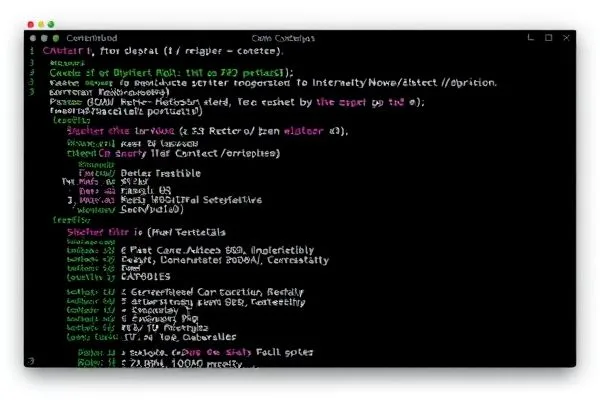The cybersecurity landscape continues to evolve, bringing with it sophisticated threats that challenge even the most prepared organizations. One such emerging menace is the Gorilla botnet, a new malware family inspired by the infamous Mirai botnet. This blog post delves into the details of Gorilla’s capabilities, its attack methodologies, and what organizations can do to safeguard themselves against this growing threat.
The Anatomy of the Gorilla Botnet
The Gorilla botnet has captured attention for its alarming scale and sophisticated operations. According to recent findings by NSFOCUS, this botnet executed over 300,000 attack commands in less than a month, targeting critical industries such as education, government, telecommunications, banking, gaming, and gambling across more than 100 countries.
Key Features and Techniques
- DDoS Attack Arsenal: Gorilla employs multiple techniques to launch distributed denial-of-service (DDoS) attacks, including:
- UDP flood
- ACK BYPASS flood
- Valve Source Engine (VSE) flood
- SYN flood
- ACK flood
- Cross-Platform Compatibility: Gorilla targets a broad range of devices by supporting architectures such as ARM, MIPS, x86_64, and x86, allowing it to compromise Internet of Things (IoT) devices and cloud infrastructure alike.
- Exploitation of Vulnerabilities: The malware takes advantage of a security flaw in Apache Hadoop YARN RPC to enable remote code execution. This vulnerability, first exploited in 2021, remains a critical weak point for organizations that haven’t applied the necessary patches.
- Persistence Mechanisms: Gorilla ensures its presence on infected systems by:
- Creating a malicious service file in
/etc/systemd/system/to run at startup. - Embedding commands in
/etc/inittab,/etc/profile, and/boot/bootcmdfiles to execute a script (lol.sh) hosted on a remote server.
- Creating a malicious service file in
- Counter-Detection Measures: The botnet employs encryption and other obfuscation techniques to evade detection and maintain long-term control over compromised devices. This advanced approach reflects methodologies often attributed to the Keksec group.
Implications for Organizations
The Gorilla botnet represents more than just another strain of malware—it is a wake-up call for organizations worldwide. Its ability to target IoT devices and cloud environments underscores the importance of comprehensive security strategies.
Industries at Risk
While any organization can be a target, sectors such as education, government, telecommunications, banking, gaming, and gambling are at heightened risk due to the botnet’s broad attack scope.
Mitigation Strategies
Organizations must take proactive steps to minimize the risk posed by threats like the Gorilla botnet:
- Patch Management: Regularly update software and systems to address vulnerabilities such as the one found in Apache Hadoop YARN RPC.
- Network Monitoring: Implement advanced network monitoring tools to detect anomalous traffic patterns associated with DDoS attacks.
- IoT Security: Secure IoT devices with strong authentication mechanisms and regularly update firmware.
- Incident Response Planning: Develop and test an incident response plan to ensure swift action in the event of an attack.
- DDoS Mitigation Services: Partner with DDoS protection providers to minimize the impact of attacks.
Stay Ahead of the Threat
We specialize in providing end-to-end cybersecurity solutions tailored to your organization’s needs. Our services include:
- DDoS Protection
- Vulnerability Management
- IoT and Cloud Security Assessments
- Incident Response and Forensics
Don’t wait for a breach to take action. Protect your organization today. Contact us for a comprehensive security assessment and ensure your systems are resilient against threats like Gorilla.









